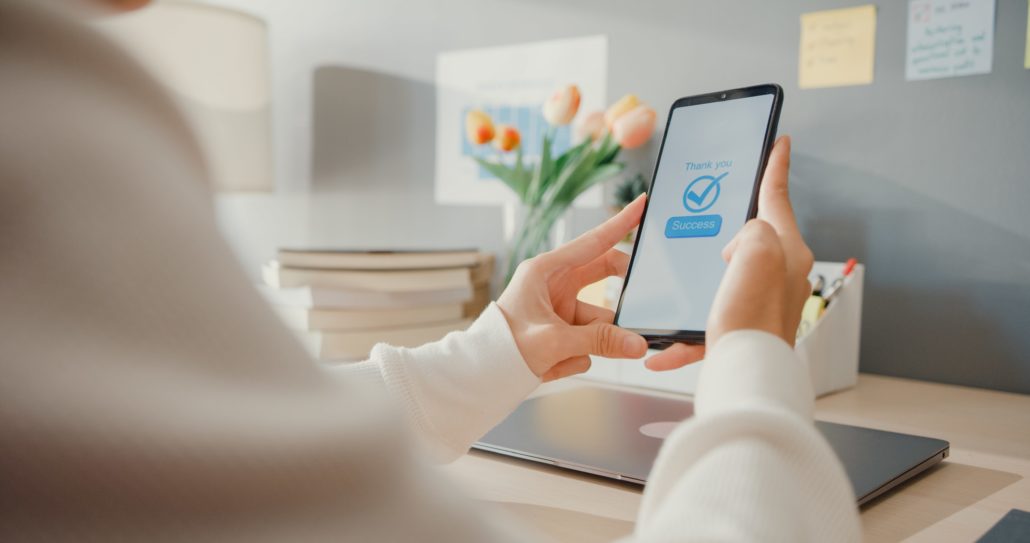What is e-invoicing?
E-invoicing is the exchange of documentation between buyer and supplier in an electronic format. While it is common in a lot of countries, e-invoicing in the United States is only just getting off the ground due to a lower level of regulation and oversight compared to, for example, the European Union. While mitigating risk is still important to the U.S. the market has focused on the efficiency of the process, which due to the size of the U.S. market takes more time to implement changes and regulations. However, it’s likely that the U.S. markets will soon become more familiar with e-invoicing and the benefits it can bring to an organisation.
The e-invoicing landscape in the U.S today
Currently, regarding e-invoicing in the United States, organisations cope with process inefficiencies with paper and PDF-based B2B documents. This includes closed network infrastructure and systems that cannot communicate with each other, adding up to 85% more spent on manual resources, costs and time than necessary. It’s reported that currently, only 25% of invoices sent are electronic. However, even less of this percentage would be considered actual e-invoices and instead PDFs attached to emails, which do not count as e-invoices.
While the adoption of true e-invoices is still in the very early stages in the U.S. the largest companies are taking advantage of the benefits it can bring, being a faster way of communication for them. It allows their invoice process to become digital, leading to cost savings, increased sustainability measures for their organisation and highly efficient business practices. Including better data accuracy and more insight into cash flow too.
E-invoicing trend in the U.S
De Business Payments Coalition (BPC) is a group of over 600 organizations and individuals in the U.S. working together to promote greater adoption of electronic business-to-business (B2B) payments, remittance data and invoices.
According to the BPC, “The BPC’s wide-ranging goal is to make B2B electronic payments more efficient across the end-to-end process, that is, to achieve straight-through processing across both the procure-to-pay and order-to-cash cycles. The BPC accomplishes this objective by addressing problems and barriers that make it difficult for business to use electronic alternatives to paper checks, remittance data and invoices”.
It’s expected that the number of invoices in the U.S. is expected to quadruple by 2025, meaning organisations will begin to struggle with the number of invoices coming through the business unless they’re able to keep up with the modernization of b2b payments. By digitalising this process, they’re able to keep ahead of regulations, policies and guidelines allowing businesses to trade with each other all over the world.
Find out more about how your business can benefit from e-invoicing solutions.
About B2BE
B2BE delivers electronic supply chain solutions globally, helping organisations to better manage their supply chain processes, providing greater levels of visibility, auditability and control. We’re driven by a passion for what we do, inspired by innovation, and underpinned by a wealth of knowledge. With over 20+ years of experience, the B2BE teams operate worldwide.
Ga voor meer informatie naar www.b2be.com.
